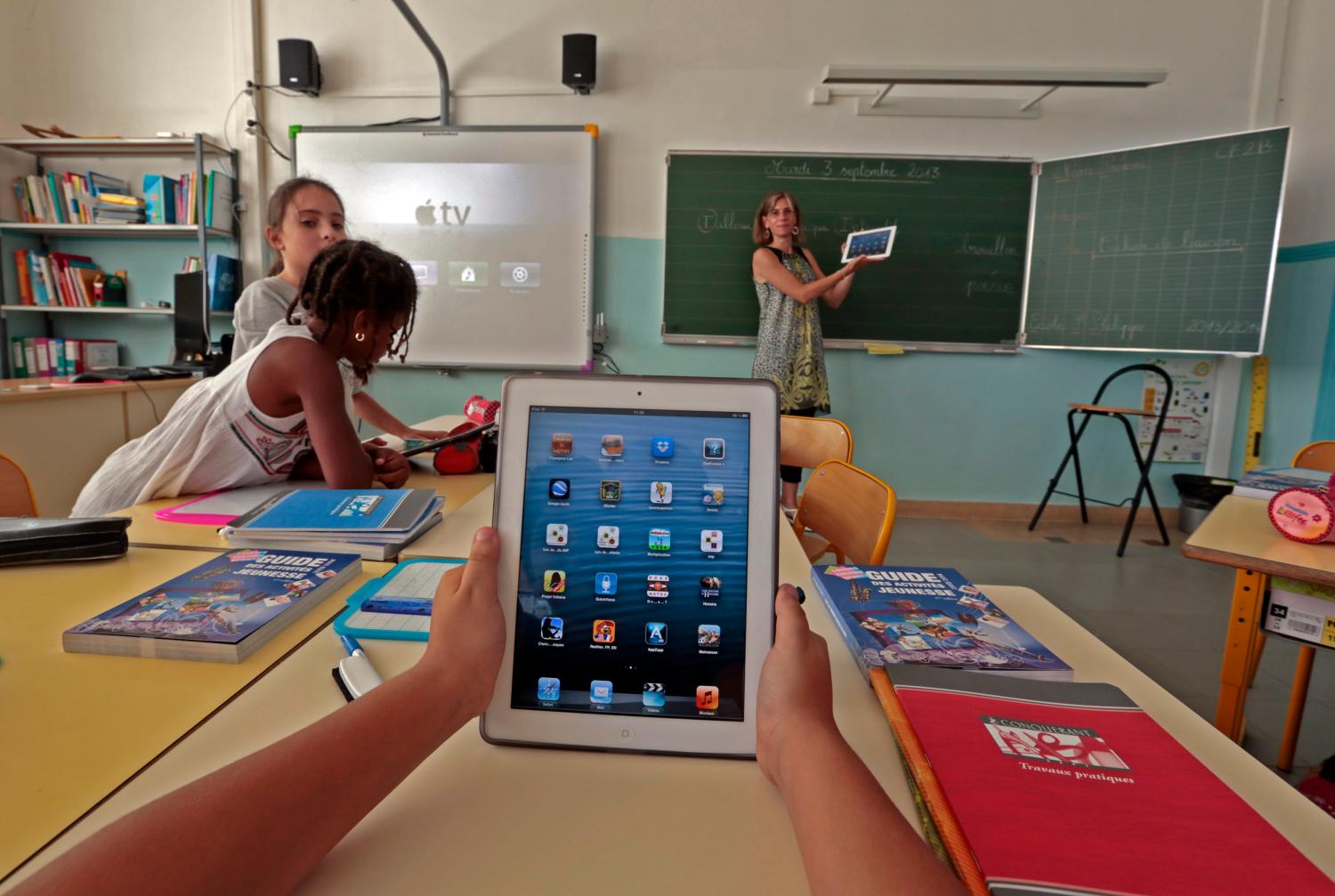Editor’s Note: This paper is released in conjunction with the event Mobile Learning: Transforming Education and Engaging Students and Teachers hosted by the Center for Technology Innovation at Brookings on September 17, 2013.
Education in the United States
Education is at a critical juncture in the United States. It is vital for workforce development and economic prosperity, yet is in need of serious reform. American education was designed for agrarian and industrial eras, and does not provide all the skills needed for a 21st century economy.[i] This creates major problems for young people about to enter the laborforce.
Mobile learning represents a way to address a number of our educational problems. Devices such as smart phones and tablets enable innovation and help students, teachers, and parents gain access to digital content and personalized assessment vital for a post-industrial world. Mobile devices, used in conjunction with near universal 4G/3G wireless connectivity, are essential tools to improve learning for students. As noted by Irwin Jacobs, the founding chairman of Qualcomm, Inc., “always on, always connected mobile devices in the hands of students has the potential to dramatically improve educational outcomes.”[ii]
This paper, part of our Mobile Economy Project, looks at ways that mobile devices with cellular connectivity improve learning and engage students and teachers. Wireless technology is a way to provide new content and facilitate information access wherever a student is located. It enables, empowers, and engages learning in ways that transform the learning environment for students inside and outside of school.
Sadly, not every student has access to a computer and the Internet. And given the costs of hardware, it is not affordable for school districts to provide a personal computer to every student.However, most young people have phones, and this provides a real opportunity to transform instruction.
Mobile Technology and Mobile Learning
As mobile phones, tablets, and other connected devices become more prevalent and affordable, wireless technology can dramatically improve learning and bring digital content to students. Students love mobile technology and use it regularly in their personal lives. It therefore is no surprise that young people want to employ mobile devices to make education more engaging and personalize it for their particular needs.
Technology-rich activities can sustain high levels of student engagement and peer collaboration compared to less technology focused activities. Educators need to figure out how to harness mobile platforms for instructional purposes and employ them to boost educational learning. A majority (52 percent) of students in grades 6-12 believe that having access to a tablet computer is an essential component of their ultimate school. Fifty-one percent of school administrators agree with these sentiments as well.[iii]
As a country, we need to educate the next generation of scientists, inventors, engineers, and entrepreneurs. Educating a workforce that is effective in a global context and adaptive as new jobs and roles evolve will help to support our economic growth. Mobile learning makes it possible to extend education beyond the physical confines of the classroom and beyond the fixed time periods of the school day. It allows students to access content from home, communicate with teachers, and work with other people online. The value of mobile devices is that they allow students to connect, communicate, collaborate and create using rich digital resources.
Key Features of the paper include:
-
- Comparison with Other Nations
- Challenges Facing U.S. Education
- How Mobile Enables Innovation
- Student and Teacher Engagement
- Recommendations for Action
[i] Darrell West, Digital Schools: How Technology Can Transform Education, Brookings Institution Press, 2012.
[ii] Irwin Jacobs, “Modernizing Education and Preparing Tomorrow’s Workforce through Mobile Technology”, paper presented at the i4j Summit, March, 2013, p. 2.
[iii] Project Tomorrow Speak Up Survey, “From Chalkboard to Tablets: The Emergence of the K-12 Classroom”, April, 2013.




